The term “Metal” originated from the Greek word “metallon” which means “mine, quarry, metal”. A metal is defined as a material that forms positive ions by losing electrons during chemical reactions. Metals are characterized by hardness, good heat, thermal conductivity, bright luster, ability to resonate sound, high density, and high melting point. Except for mercury, metals are solids at room temperature. There is a great variety of metals that are available in nature. Depending on a variety of properties or characteristics, different types of metals can be found. In the following paragraphs, we will learn about the types of metals and their classification.
Types of Metals
As already stated metals can be classified considering some properties as the reference. The different types of metal classifications are listed below:
Types of Metals by Atomic Structure
Depending on the atomic structure and periodic table, metals are classified into the following five groups:
Alkali Metals:
Alkali metals are highly reactive soft metals found in the first column on the left side of the Periodic Table. There are six alkali metals; sodium, lithium, potassium, rubidium, francium, and cesium. They have one electron in their outermost s sub-shell.
Alkaline Earth Metals:
Alkaline earth metals have 2 electrons in their outermost s sub-shell and are usually harder and denser than alkali metals. While burning, they make a distinct color in their flames. There are six alkaline earth metals. They are beryllium, calcium, barium, magnesium, strontium, and radium. They are listed in column 2 on the left side of the periodic table.
Transition Metals:
Due to their high density as compared to alkali or alkaline earth metals, transition metals are popular as heavy metals. They can be found in the center of the main body of the Periodic table. Gold, Copper, Iron, Silver, Tungsten, Zinc, Titanium, Platinum, Cobalt, etc are examples of transition metals. In the periodic table, there are 38 transition metals.
Rare Earth Metals:
Also popular as technology metals, rare earth metals are extensively used in the high-tech world today. There are two types of rare-earth metals: lanthanides and actinides.
In the periodic table, there are 15 lanthanides and 15 actinides. Cerium, gadolinium, promethium, dysprosium, etc are examples of lanthanide metals, and thorium, uranium, californium, plutonium, etc are examples of actinide metals.
Post Transition Metals:
Post-transition metals are usually softer with low melting points. Aluminum, Tin. Lead, Bismuth, etc are examples of Post-transition metals. The above classification of metal is provided in Fig. 1 below.
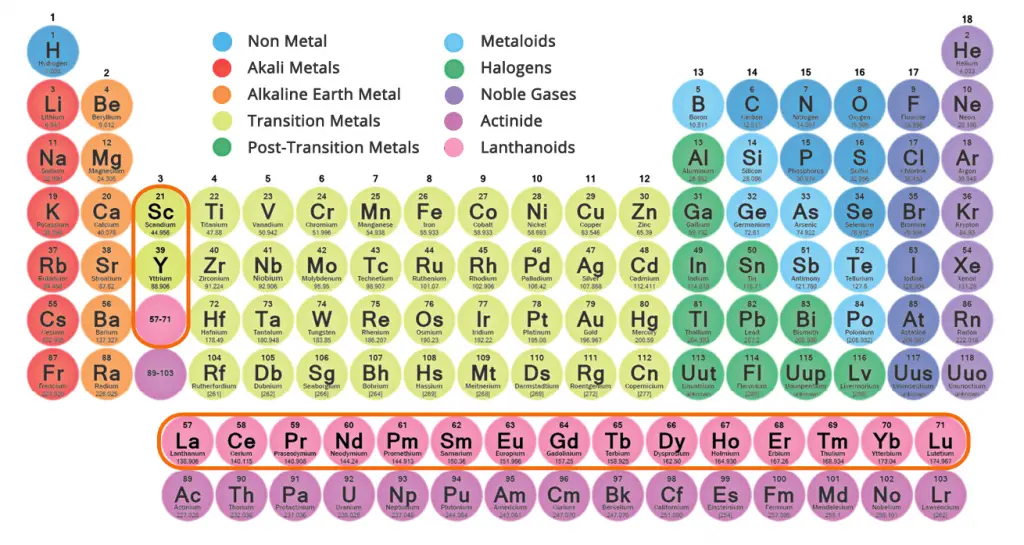
Metal Types Based on Compositions
Depending on the presence of other elements, metals are of two types: Pure Metal and Alloy. Pure metal contains only one element; the pure element. The metal types given above based on the periodic table are all pure metals. Whereas alloy consists of more than one metal element. Alloying elements (metals or non-metals) are added purposefully to get some specific properties. Steel, Cast Iron, Brass, etc are examples of alloy metals.
Types of Metals based on Iron Content
Classification of metals depending on the presence of iron is quite common. If a metal contains iron it is known as a ferrous metal. Similarly, the metals that do not contain iron are known as non-ferrous metals. Carbon steel, alloy steel, stainless steel, etc are examples of ferrous metals while aluminum, titanium, copper, brass, zinc, bronze, magnesium, etc are non-ferrous metals.
Metal Types Depending on Magnetism
Metals can also be classified into two groups depending on their magnetic properties. They are
- Magnetic Metals and
- Non-Magnetic Metals
Magnetic Metals: These metals either attract or repel the magnetic force. Magnetic metals are of three types: Ferromagnetic, Paramagnetic, and Diamagnetic metals. Iron, Nickel, Steel, Cobalt, etc are examples of magnetic materials.
Non-magnetic Metals: Non-magnetic metals do not get attracted or repelled by the application of magnetic force. Most of the common metals like Aluminum, Magnesium, Zinc, Gold, Silver, Copper, etc are all examples of non-magnetic metals.
Types of Metals based on Mechanical Properties
Depending on the mechanical properties of materials, metals are classified into two classes; Ductile metals and Brittle metals.
Usually, most of the metals in nature are ductile at room temperature like steel, aluminum, gold, silver, copper, etc. But few metals are brittle. Beryllium, gallium, chromium, cast iron, manganese, bismuth, etc are examples of brittle metals.
Types of Metals Depending on Chemical Reactivity
Based on the chemical reactivity of the metal with other elements two types of metals are available. They are Base Metals and Noble Metals.
Base metals are metals that are oxidized or corroded easily. Iron, zinc, lead, nickel, etc are examples of base metals as they are oxidized relatively easily. Noble metals are the opposite of base metals means they are resistant to corrosion. Gold, platinum, rhodium, silver, etc are examples of noble metals.
Other Types of Metal Classification
Precious Metals:
Based on the economic value of the metal, a certain group of metals is known as Precious Metals. Precious metals are metals of high economic value. Chemically, precious metals are less reactive and have high electrical conductivity and high luster. Gold and Silver are the best-known and widely popular precious metals. Examples of other precious metals are platinum, palladium, iridium, rhodium, etc.
Refractory Metals:
Based on the capability of sustaining extraordinary heat and wear a certain group of metals are known as refractory metals. Tungsten, niobium, tantalum, molybdenum, rhenium, etc have melting points above 20000C and fall into this category.
White Metals:
A group of white-colored metals having low melting points is popularly known as white metals. Tin, Lead, Zinc, Cadmium, Bismuth, etc are metals of this group.
Light Metals:
Metals possessing relatively low density as compared to common metals are regarded as light metals. Aluminum, titanium, and Magnesium are considered significant light metals with high commercial values.



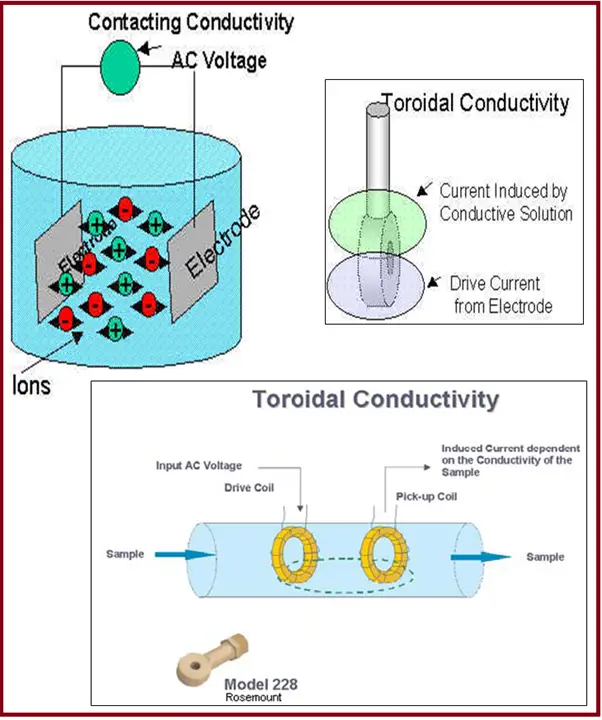


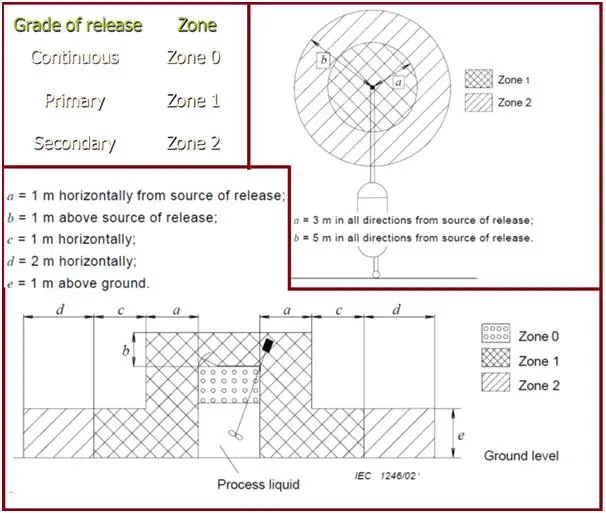
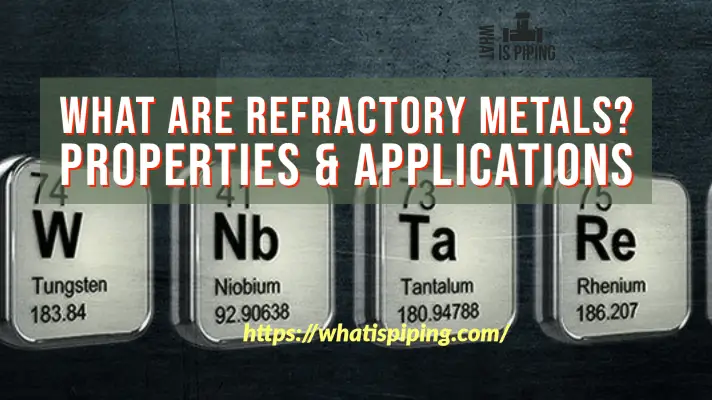
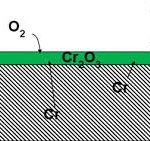
Good effort, sir! Please continue!
thanks a lot for this precious information.. I messaged you on Facebook but it seems you didn’t see it.
I found my way through your amazing telegram channel.
thanks for all.
Very helful info!!! I love your blog!! Keep up the good work!
thanks a lot for this precious information.. I messaged you on Facebook but it seems you didn’t see it.
I found my way through your amazing telegram channel.
thanks for all.